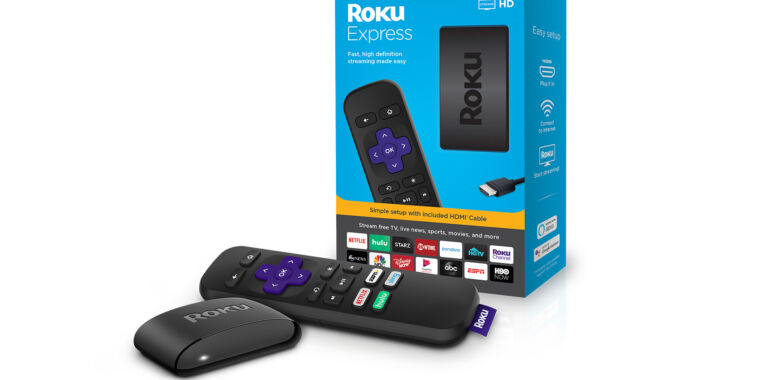In a nutshell: Google just released AV1 3.5, the newest version of the video-encoding technology, which threatens to be a major player in the content and media industry. The codec now has much more efficient CPU encoding, and hardware support is growing too.

Just four years after its initial release in March 2018, the AOMedia Video 1 (AV1) codec is becoming a very appealing competitor to H.264 and HEVC/H.265 as the most used video standard in the industry. Hardware support is accelerating, and now developers have released a new version of the royalty-free technology bringing pretty remarkable gains for encoding performance in CPU-bound scenarios.
Google engineers just released the latest version, AOM-AV1 3.5, which retains compatibility with the previous iteration. It introduces a new API and features while improving speed and memory optimizations. Version 3.5 of AV1 is vastly more efficient when used with multi-threaded processors. Encoding times are significantly shortened depending on the source resolution. Testing showed a 34% reduction in encoding time on a CPU with 16 or more threads.

According to the official list of changes, the new codec can use frame parallel encoding to gain a 30-34% performance improvement for 1080p videos at best, while 2160/4K resolutions boast a 18-20% reduction in encoding time on a 32-thread CPU.
Streaming software, including OBS Studio, video editing, and recording tools, can take advantage of the AV1 increased performance to offer users a more enjoyable and effective experience. The codec already supported frame parallel encoding on a more significant number of threads using the "--fp-mt" parameter, but in version 3.5, the option is available by default.
The software side of the AV1 venture has improved with every new release, and the hardware side of things also looks increasingly optimistic. Intel Arc GPUs support AV1 hardware encoding and decoding, as does NVIDIA's upcoming GeForce RTX 40 series gaming cards. Meanwhile, Google is working behind closed doors to win industry support for even more widespread use of the AV1 video technology in media content and streaming platforms.
https://www.techspot.com/news/96102-av1-codec-version-35-greatly-improves-cpu-encoding.html
